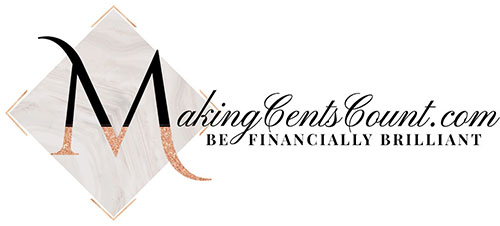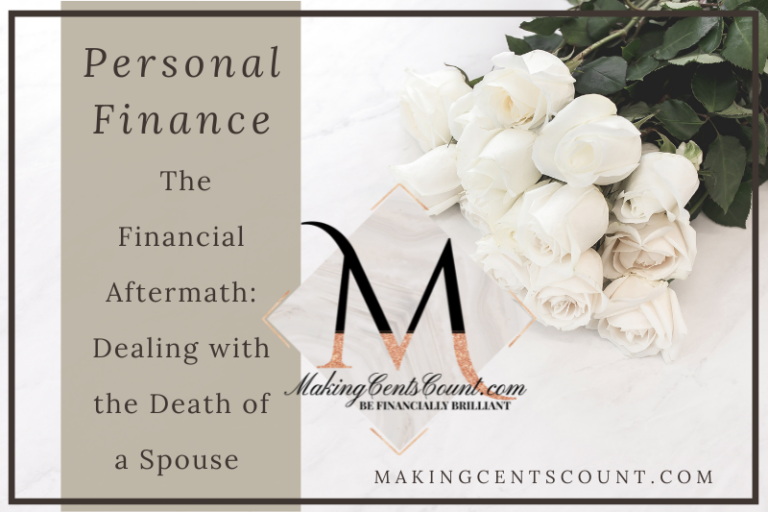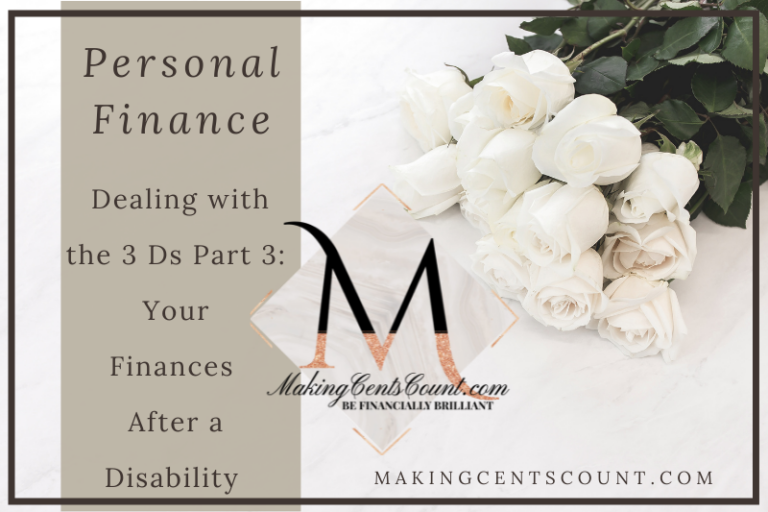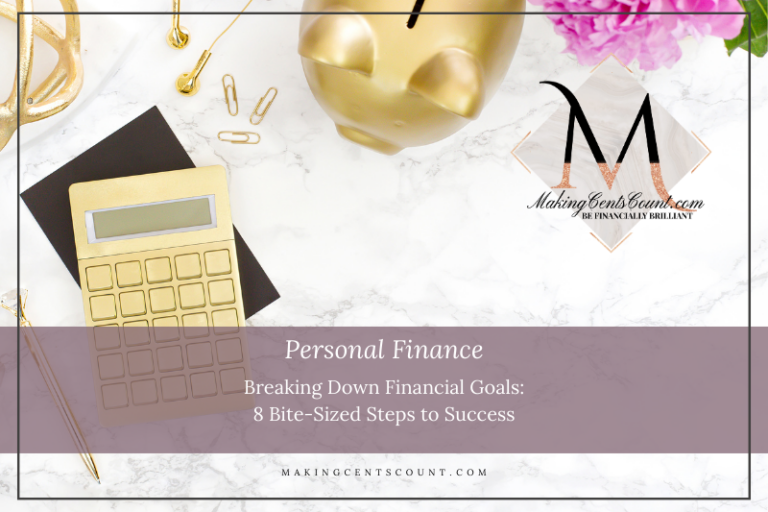Boost Your Savings With Low-Risk Laddering Strategies
Estimated reading time: 12 minutes
When you think of your savings account, does it conjure up a mixed bag of emotions? Usually, discussions about how to boost your savings strategies go one of two ways:
“Yes! I do have a savings account, but I’m not sure if it’s enough!” or, “Uuurrrgh.” (Often just a groaning noise, because if you do have a saving account, it’s looking quite anemic.)
Well, the good news is, even if you have a less-than-stellar savings account, we’ve all been there (in some cases, more than once). Fortunately, there are some strategies you can use to boost your savings and get the interest to work in your favor.
By utilizing some smart savings strategies, you will leverage your money now and in the long-term as well. To do this, we’ll employ what’s called “laddering strategies.” These savings strategies work well because they build off each other. Once you start laddering your accounts, you’ll build your savings faster.
Table of Contents
- How Much Should You Really Have in Savings?
- Debt vs. Savings
- When and Where to Invest and Boost Your Savings
- Start Your Low-Risk Laddering Strategies
- When You Absolutely Can’t Find Room for Savings In Your Budget
- How to Boost Your Savings
- Leveraging Your Savings Strategies
- Making Cents Count Financial Organizer
Are you ready to start investing, control your finances, and prepare for retirement? Join our amazing community! You’ll receive exclusive financial tips from Making Cents Count, as well as unlimited FREE access to our resource library full of money-saving tools and guides.
How Much Should You Really Have in Savings?
When you start researching ways to boost your savings, you’ll likely hear a lot of different information. And, with that information comes a lot of numbers you’re told you need to aim for. It can get confusing.
Many great financial articles suggest specific dollar amounts you should have tucked away in your cash accounts. These numbers, of course, need to take your expenses, lifestyle, and personal needs into consideration.
Are you building in a little bit extra for a cushion? It can get hazy as you try to figure out what your cash accounts should entail, as well as how you should earmark them.
To start your savings strategy, first, you should understand what’s meant by “cash accounts.” Here’s what those cash accounts are:
- Cash Cushion
- Emergency Fund
- Savings Account
Cash Cushion
Your cash cushion is the absolute bare minimum you “mentally“ must-have in your checking account at all times. To give you an example, the balance you keep should cover any monthly bank fees you may have. This includes any insufficient-fund penalties you may incur, or any minor unexpected expenses.
Individual cash cushions will vary as one person may want to maintain as little as $100, while someone else’s comfort level is having $1,000 in the account at all times.
Ultimately, your cash cushion number is just a number (that is personal to you), and you choose. Put another way, if your comfort level is maintaining $500 in your checking account and it falls below that $500, your internal comfort level is now in upheaval.
Ensuring Your Cash Cushion Comfort Level
To dive in a little deeper, according to The Federal Reserve, many families today have little to no financial cushion. That same survey found that many Americans would have to either borrow or sell something to cover an unexpected $400 expense. It’s no wonder our lack of a cash cushion gives us anxiety!
So, decide on your cash cushion number and start by ensuring you have that number in your bank account. This entails whether you choose to store it in your checking account, or a separate transferable savings account. Once you’ve decided what your cash cushion number is, it’s time to move onto your emergency fund.
Emergency Fund
It’s essential to have an emergency fund in case an unexpected crisis comes up (you blow a tire, your pet gets sick, your water heater dies, etc.). According to CNBC, 56% of Americans can’t cover a $1,000 emergency expense with savings.
Your emergency fund isn’t a vacation account, special savings account for a new car, retirement, or even for expected expenses. You keep this money on hand ONLY for those real, sudden emergencies and not resorting to a high-interest credit card. Since your emergency fund is a safety net (not a true savings vehicle), make sure this fund is reserved only for financial emergencies and is always available to you.
For those times you may need to dip into it, be sure to replenish it right away (or as soon as possible). Having an emergency fund will give you peace of mind, which is priceless.
Savings Account
As you ladder your savings strategies, you’ll start first with your cash cushion, then build your emergency fund. From that point, you’ll want to build up your savings account. But what is a reasonable amount? How much should you keep in your savings before you “invest” to earn real interest?
You may have heard people say your basic savings account should hold enough money to cover three to six months of your living expenses. When looking at the guidelines for savings accounts, you’ll find varying opinions on exactly how many months of expenses you should set aside. Usually, it’s somewhere between three and six months’ worth of expenses is typically a good rule of thumb.
Three-to-Six Months
The reason behind a three-to-six month savings account is to ensure you can continue to cover your living expenses should your income stop unexpectedly. Even if you don’t expect a job layoff or change in your future, none of us can predict what life throws our way. A car accident, illness, or any other unforeseen circumstance can throw you into financial turmoil (and will only exacerbate an already stressful situation).
It’s always possible that if an emergency happened, there would be little to no money coming in; this tends to be when you start relying on your credit cards just to survive. Factoring in your credit card limits, your credit history, and score, as well as any existing balance or debt you’re carrying from month-to-month, you can see how this can get very expensive, very quickly—not to mention interest. Having three to six months of savings will keep you covered for most situations.
Debt vs. Savings
You may have heard you shouldn’t invest your money before tackling your debt, and—yes—this is sound advice — to a point.
If you have an employer-sponsored qualified retirement plan at work, such as a 401(k), and are contributing up to your company-match, keep contributing. You don’t want to give up free money! No matter your savings situation, you’ll want to take the match.
Now, let’s also say that unfortunately, you’re in debt—credit cards, car loans, personal loans, and so on. Why would you invest your (after-tax) money to earn less interest when you should be paying off your high-interest debt? Think about that.
Interest Rate Versus ROI
Chances are pretty high that the interest rates on all that debt are much higher than the return on investment (ROI) you would be earning on any additional investments that are outside of your (pre-tax) retirement account.
You don’t want to diminish your progress or extend your timeline as you’re reducing your debt. Your ROI would likely offer a less than zero (negative) return when comparing it to the high-interest rate on your debt.
When and Where to Invest and Boost Your Savings
So, now you understand the importance of having a cash cushion, emergency fund, and savings account (once you’ve paid down your debt). When you’ve put away enough to cover your cash accounts, you’ll want to invest wisely to ensure you’re money is working best for you.
Let’s touch on the various types of savings accounts that are available when you’re ready to boost your savings and grow your money.
Savings Accounts
Savings Accounts: Offered through banks and credit unions, savings accounts are FDIC insured to certain limits. These accounts are typically very low-interest, but your money is readily accessible. These accounts are suitable for short-term savings (like storing your cash cushion or your emergency fund).
High-Yield Bank Accounts
High-Yield Bank Accounts: These are similar to savings accounts, but usually a higher rate of return than typical savings accounts. Your money is still accessible (sometimes a fee may apply). While the interest rate is generally decent, your money won’t grow as quickly as it would with other investments. These might be good for your three-to-six-month savings.
Certificate of Deposit
Certificate of Deposit: Certificates of deposits—or CDs—are more restrictive, and you’ll (normally) get penalized if you access the account before maturity. The penalty is normally about three months’ interest. CDs also range in term-length, usually offering a better rate for a longer term. Laddering the terms is a smart way to go when looking at a more significant purchase in the future, or coupling with the emergency fund.
Money Market Funds
Money Market Funds: Invest only in low-risk securities. These are considered one of the lowest risk types of funds and typically provide a return similar to short-term interest rates.
U.S. Treasury Bills and Notes
U.S. Treasury Bills and Notes: Often referred to as “treasuries,” these make for one of the safest investments in the world. Treasuries are exempt from state and local taxes and are available in varying maturity lengths.
Bonds
Bonds: Bonds are a low-risk debt investment, issued by companies, municipalities, states, and governments to fund projects. Think of yourself as the lender when purchasing these from the issuer.
What savings strategy you use is up to you. You’ll want to consider when you’ll need the money, look at the penalties for early withdrawal, and the interest. Work with a financial advisor who understands your needs and your situation.
Start Your Low-Risk Laddering Strategies
Building a savings strategy may seem like a far-off dream. This is especially true if you don’t yet have an emergency fund and you’re living from paycheck-to-paycheck. It’s easy to fall into the mindset of, “I’ll wait until I earn more money, and then I can start saving.” I’m here to tell you that you can start saving today! You need to first come up with a budget and then work toward your goal.
I’ve often said to friends and clients that it’s not what you earn that matters, but instead, what you do with what you earn. What’s more exciting is once you start saving, you’ll soon start challenging yourself just to see how much you can increase your savings.
The point is just to start! I guarantee that once you see your upward progress, it will become your new obsession!
When You Absolutely Can’t Find Room for Savings In Your Budget
So, you’re ready to boost your savings, but you don’t see any wiggle room in your budget. You may want to brainstorm ways to bring more money in the door.
There are several ways to increase your monthly income and start hitting your savings goal sooner rather than later. If you’re currently employed, you can start by asking for a raise. Of course, this is usually easier said than done, but it’s true. Your abilities and skills are worth something and you should be compensated well for it.
Take a step back and remember the last time you either received a raise or, better yet, a performance bonus at work. If you can’t recall (or the answer is never), maybe it’s time for a new job, or to even consider a different career path altogether. I’m a firm believer that you need to work where you feel genuinely valued and treated fairly.
How to Boost Your Savings
Another way to increase your monthly income is to take a hard look at your monthly budget (or lack thereof). See which items you might be able to go without—even for just a little while. By figuring out how to lower your expenses or tweaking some of the miscellaneous stuff, you’ll often free up cash to add to your savings. You might find you really aren’t missing the expense after all.
Side-Hustle Ideas to Boost Your Savings
Another idea might be to consider starting a side hustle. A lot of people find that a side gig is a great way to boost savings and bring in extra cash. What’s great about this option is if you’re not able to leave your home (or just don’t want to), you have options. There are so many remote opportunities available to work from your home.
As with any significant changes you may be considering in your life, take the time to find the tools that can help you, allowing you to formulate your future game plan. If you ladder your saving strategies and build on each tactic, soon you’ll have enough savings in the bank to be ready for whatever life hands you!
Leveraging Your Savings Strategies
If working on your finances is one of your goals right now (or, maybe it’s been a goal for some time), I suggest starting with the Making Cents Count Financial Organizer.
Our financial organizer is the robust answer you need. The organizer is our DIY financial services option, providing you with the tools to eliminate financial overwhelm.
In the exclusive Making Cents Count Financial Organizer, you’ll get:
- Clear strategies to get your finances under control
- Processes to organize and streamline your investments
- Guidance to track your legal documents, tax information, and permanent records
- Markers to know when you should meet with an attorney to establish a will or trust
- Templates, checklists, and step-by-step actions
- Insights on the financial must-haves to build a secure future
- Detailed How-To Guide for optimal results
If you want financial confidence, grab the Financial Organizer, and get results that fit *your* lifestyle!
Making Cents Count Financial Organizer
Once you get your budget rolling, check out my post on 6 Simple Steps to Get Financially Organized. This post also includes a helpful checklist available in my Resource Library (free to access).
Admittedly, this particular checklist has a larger-scale focus on your overall financial picture, but I genuinely feel that getting your finances organized is essential.
I’m so excited to invite you to join our Financial Success Society Waitlist! Our enrollment opens soon (so don’t miss a chance to get on the notification list). Your journey to financial success is unique and with this exclusive membership, you’ll receive the guidance you desire, enabling you to move financially forward, no matter where you are in your financial journey. At Making Cents Count, we offer an array of outstanding products and services to help you get control of your finances so they won’t control you!







